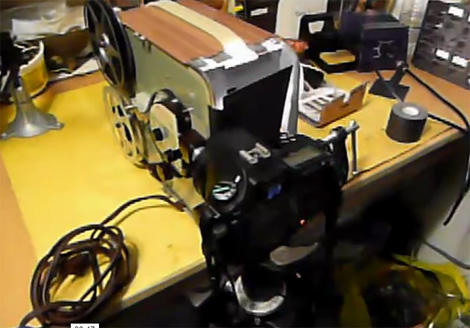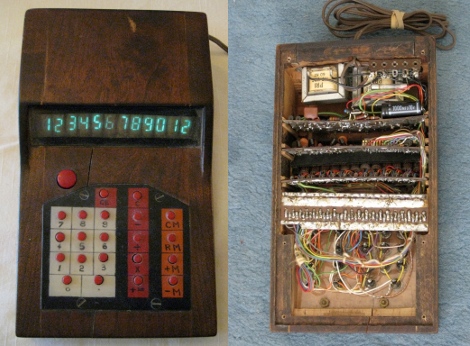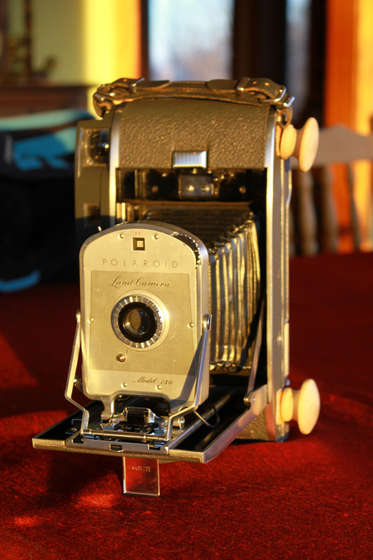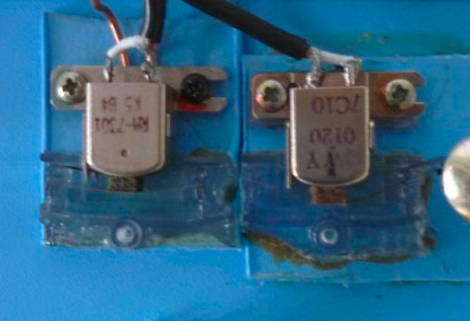
About thirty years ago [H. P. Friedrichs] pulled off a hack that greatly improved the process of programming with punch cards. At the time, his school had just two IBM 029 keypunch machines. One of them is shown in the upper right and it uses a keyboard to choose which parts of each card should be punched out. This was time-consuming, and one misplaced keystroke could ruin the card that you were working on. Since you had to sit at the machine and type in your source code these machines were almost always in use.
But wait, the school acquired a dozen of the TRS-80 computers seen in the lower left. They were meant to be used when teaching BASIC, but [HPF] hatched a plan to put them to task for punch card generation. He built his own interface hardware that connected to the expansion port of the new hardware. Using his custom interface a student could create a virtual card deck that could be rearranged and revised to correct mistakes in the source code. The hardware then allows the virtual deck to be dumped in to the punching machine. This broke the bottleneck caused by students sitting at the punch card terminal.
We think that [HPF] sent in this project after seeing the antiquated hardware from that 1970’s calculator. These hacks of yore are a blast to revisit so don’t be afraid to tip us off if you know of a juicy one.

















